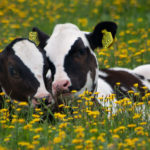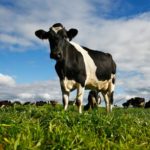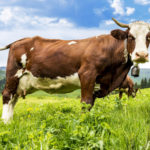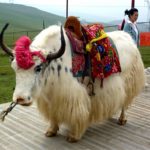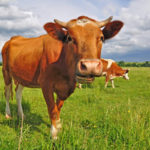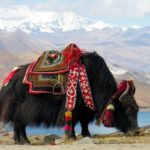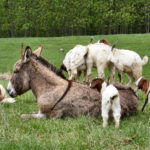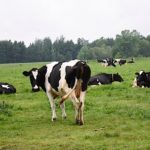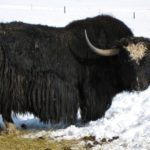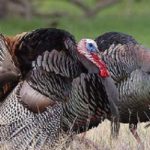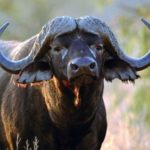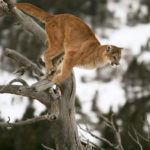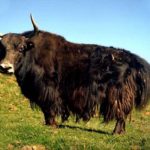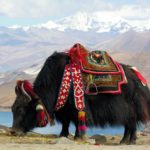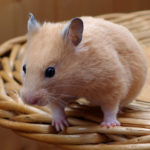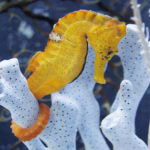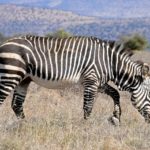Hainak description and lifestyle
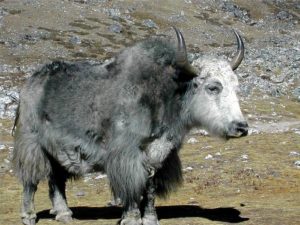 Hainak is an unusual pet, a hybrid of a yak and a cow. For uninitiated people, the appearance of this horse-tailed cow will certainly be, if not shock, then great surprise.The unusual appearance of this cow is not all of its features.
Hainak is an unusual pet, a hybrid of a yak and a cow. For uninitiated people, the appearance of this horse-tailed cow will certainly be, if not shock, then great surprise.The unusual appearance of this cow is not all of its features.
Such a hybrid has very high-quality meat and it gives more milk in comparison with an ordinary cow. Hainaki are common in Mongolia, in Tibet, and in Nepal, that is, where real yaks live.
It is believed that the appearance of such hybrids was the result of the fact that during the rut there were many males of wild yaks who did not get females and they came to herds of domestic cows. The unusual appearance, large sizes frightened off domestic bulls, but cows accepted them, and as a result such tailed calves turned out. And when they were growing up, the owners, realizing that you can get more meat and milk from them, began to artificially cross ordinary cows with domestic yaks.
Since 1990, the breeding of hainaks has become the property of scientists, and several breeds have been bred. By the way, the males of Hainak, in Tibet they call Zo, and the females – Zomo. By weight, males of Hainaks reach 400 kg, females on average from 200 to 300 kg.
Hainaki live longer than ordinary cows, with an average life expectancy of up to 36 years, with which they give offspring annually. During their life, Hainaki bring 9-10 calves more than ordinary cows.
Hainak productivity is much higher than ordinary cows. 5400 liters of milk are infused from a Hainak female per year, while an ordinary cow produces no more than 4500 liters. The fat content of haynak milk is 3.2%. Meat from one adult haynak get 150-200 kilograms more than from cows. Hainak leather is more durable, and fur is used in the manufacture of clothing and carpet weaving. Hainak males do not give offspring, but this is not a hindrance, since artificial insemination has long been practiced in animal husbandry.
Hainaki, unlike yaks, can live on the plain, and they are not afraid of a sufficiently high air temperature. For several years, Hainaks have been bred in Russia, in Buryatia and in Tuva. Hainak milk and meat is in great demand. So in Russia, one type of cattle has increased.
